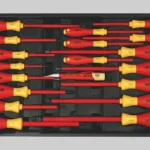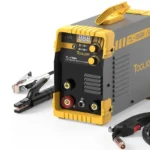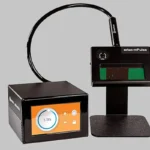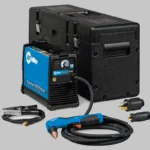In the realm of woodworking and DIY projects, the choice between hand tools and power tools is not just a matter of preference but also strategy. This decision can significantly influence the efficiency, safety, and outcome of your projects. Whether you’re a professional craftsman or a weekend warrior, understanding which tools to use under different circumstances can transform your work from good to great.
In this guide we will discuss the strengths of each tool type and offers practical advice on choosing the right tool for specific tasks.
Overview of Hand Tools

Hand tools have been the cornerstone of craftsmanship for centuries. From the humble hammer and chisel to more sophisticated planes and saws, these tools require manual force and skill to operate. They are revered for their precision and the unique connection they afford the user to the material at hand.
Common Types and Uses
- Chisels are used for carving and shaping wood.
- Hand Saws allow for meticulous cuts and are perfect for fine woodworking.
- Planes are used to smooth and flatten wood surfaces.
Advantages of Hand Tools
- Control and Precision: Hand tools offer unmatched control, which is crucial for tasks requiring fine detail and finish. They allow artisans to feel the wood, understand its grain, and make adjustments that machines could overlook.
- Quiet Operation: Unlike their power-driven counterparts, hand tools do not produce noise beyond the natural sound of physical effort, making them ideal for shared spaces or residential areas.
- No Power Required: Hand tools are invaluable in situations where electricity is unavailable or inconvenient, enhancing their versatility and portability.
Overview of Power Tools
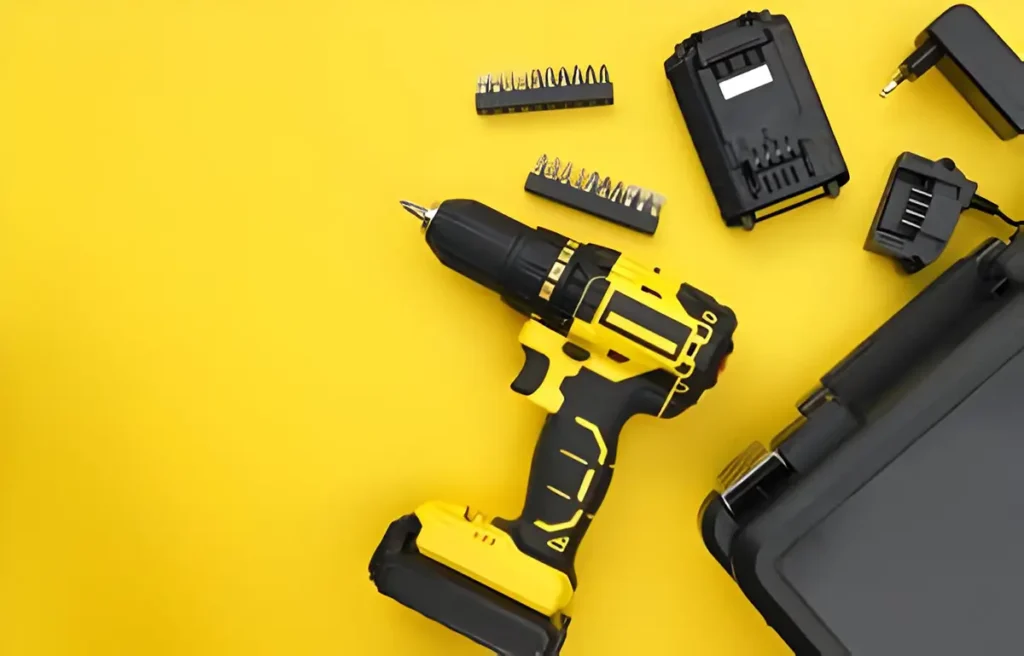
Power tools represent the evolution of construction and woodworking, bringing speed and strength to tasks that traditional tools could not accomplish efficiently. These tools are powered by electricity or batteries and are designed to perform labor-intensive tasks with ease.
Common Types and Uses
- Circular Saws are essential for making quick and straight cuts across large volumes of wood.
- Power Drills provide the torque needed for driving screws and boring holes.
- Sanders offer a way to quickly smooth surfaces and edges.
Advantages of Power Tools
- Efficiency and Time-Saving: For projects with tight deadlines or repetitive tasks, power tools can significantly reduce labor time and effort.
- Consistent Power: These tools deliver steady and strong power output, which is essential for heavy-duty work and reduces physical strain on the user.
- Uniform Results: Power tools can ensure that each cut, hole, or join is consistent, which is vital for large-scale or commercial-grade projects.
Deciding Factors for Tool Selection
Choosing between hand tools and power tools often depends on the specific requirements of the project, your working environment, and personal preferences.
When to Prefer Hand Tools
- Detailed Craftsmanship: Hand tools excel in precision tasks such as joinery, carving, and finishing. Their use is prevalent in furniture making where detail and craftsmanship are paramount.
- Quiet and Clean Environments: In environments where noise is a concern, such as in residential areas or educational workshops, hand tools are advantageous. They also produce less airborne dust and debris, maintaining a cleaner workspace.
When to Opt for Power Tools
- Large-Scale Projects: When efficiency is key, such as in construction or when working with extensive material volumes, power tools can save invaluable time and energy.
- Tasks Requiring Strength: Projects that involve dense materials or require substantial force, such as concrete mixing or heavy cutting, are best served by power tools.
Personal and Environmental Considerations
- The choice may also reflect personal workflow preferences or physical limitations. Some artisans find the tactile nature of hand tools more satisfying and less jarring to the body.
- Conversely, in a high-production environment where speed is critical, power tools may be non-negotiable.
Safety Considerations
While both hand tools and power tools are integral to woodworking and construction, each comes with its own set of safety concerns. Understanding and adhering to safety protocols is not just about compliance; it’s about ensuring a secure environment where creativity can flourish without hazards.
Safety with Hand Tools
- Sharpness and Maintenance: The most common risk with hand tools like chisels, saws, and planes comes from their sharp edges. Regular maintenance including sharpening and proper storage is essential to prevent accidents. A dull tool can be more dangerous than a sharp one as it requires more force to use, potentially leading to slips and injuries.
- Proper Usage: Hand tools should be used in accordance with their design purposes. Misusing a screwdriver as a chisel, for example, can lead to broken tools and personal injury. Techniques like cutting away from the body and securing workpieces properly can also enhance safety.
- Personal Protective Equipment (PPE): Safety glasses, gloves, and hearing protection (for tasks that produce impact noise) are minimal and necessary precautions to guard against flying debris and blisters.
Safety with Power Tools
- Read the Manual: Before operating any power tool, reading the manufacturer’s manual is crucial. It provides specific safety, operation, and maintenance instructions unique to each tool.
- Power Management: Always ensure that power tools are disconnected from power sources when not in use or when changing blades or bits. Use tools with a Ground Fault Circuit Interrupter (GFCI) in wet or damp environments to prevent electric shocks.
- PPE and Environment: Beyond eye and ear protection, using dust masks or respirators is vital when operating sanders, saws, or any tool that generates fine particulate matter. Ensuring good ventilation in your working area will also prevent the buildup of noxious fumes from adhesives, finishes, or the materials themselves.
Maintenance and Care
The longevity and effectiveness of your tools depend heavily on how they are maintained. Proper care not only extends the life of the tools but also ensures they are safe and ready to use when you need them.
Hand Tools
- Cleaning and Storage: Clean tools after each use to prevent rust and residue buildup. Store hand tools in a dry, organized environment where they are protected from moisture and direct sunlight.
- Sharpening: Regularly sharpen blades and bits to keep them effective and safe. Use honing stones or sharpening machines as appropriate for the type of tool.
Power Tools
- Regular Checks: Inspect power cords, batteries, and fittings regularly for signs of wear or damage. Replace any faulty components immediately.
- Lubrication and Cleaning: Keep moving parts lubricated to prevent wear and overheating. Clean out any accumulated sawdust, grease, or debris that could affect the tool’s operation.
- Professional Servicing: For more complex power tools, consider professional servicing to maintain motor health and mechanical integrity.
Cost Analysis
Choosing between hand tools and power tools can also be influenced by cost considerations, both initial and ongoing.
Initial Investment
- Hand Tools: Generally less expensive upfront, hand tools can be a cost-effective choice for those starting out or only needing tools occasionally.
- Power Tools: Typically more costly at purchase, power tools can represent a significant initial investment, especially if high-quality or specialized tools are required.
Ongoing Costs
- Maintenance and Upkeep: While hand tools require regular sharpening and possible replacement of simpler parts, power tools can incur higher costs for parts like batteries, brushes, and professional servicing.
- Operational Costs: Power tools also add ongoing expenses for electricity or fuel, and they may require additional safety equipment or facilities adjustments (like improved electrical circuits or ventilation systems).
The debate between hand tools and power tools doesn’t necessarily have a one-size-fits-all solution. Each type of tool has its place depending on the specific needs of the project, personal preferences, and working conditions. By carefully considering each aspect—from practicality and pleasure to safety and expense—you can equip your workshop in a manner that best supports your craftsmanship.

Matthew Dowell
Matthew, a seasoned builder from a family of craftsmen, leads Tools Trove. His passion for tools and decades of hands-on experience fuel his commitment to providing expert reviews and insightful content. Whether you’re a pro or a DIY enthusiast, Matthew’s guidance ensures informed decisions in the world of tools.

